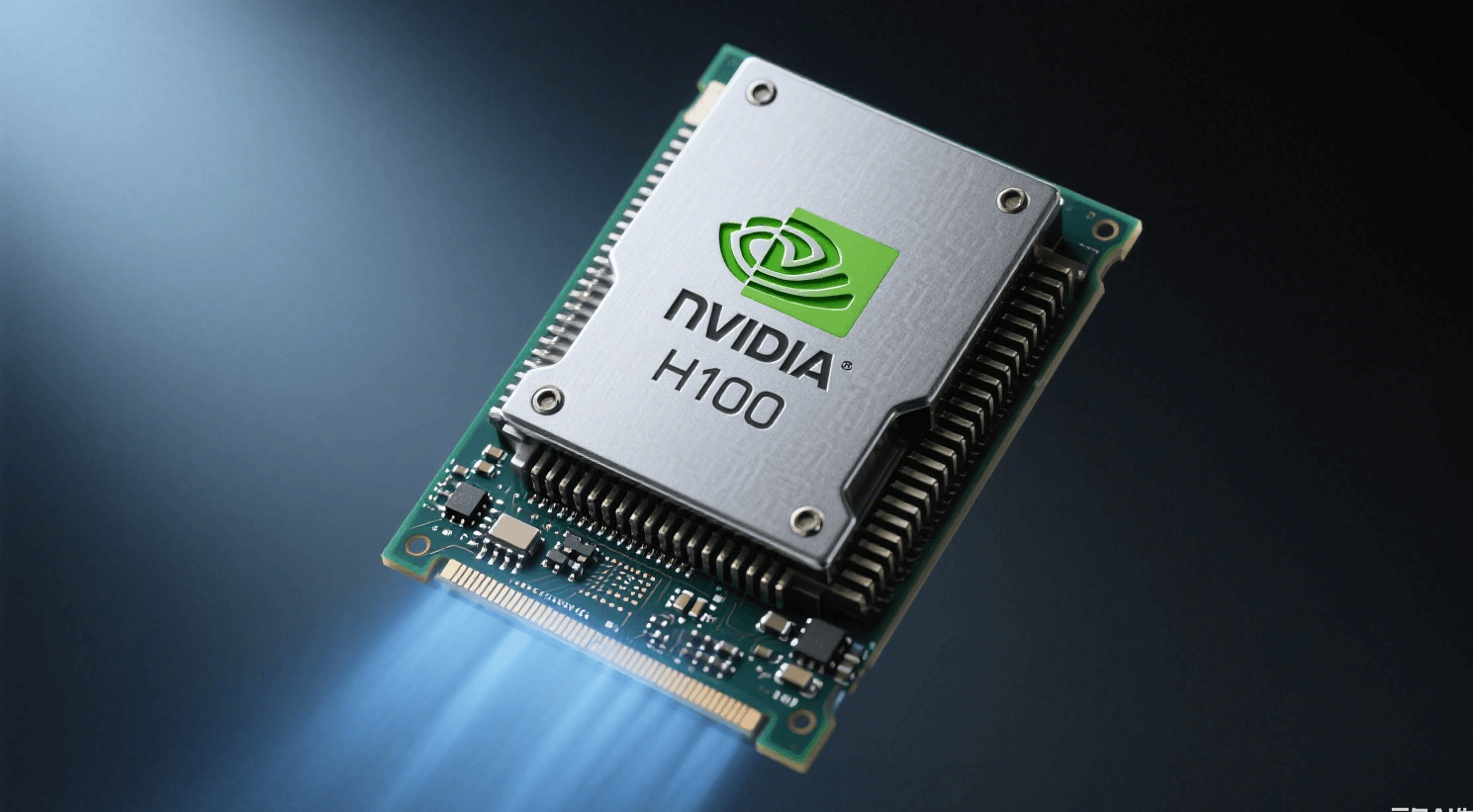If you frequently engage with AI-related content, you’ve likely been confused by the terms “Transformers” and “LLMs”. Sometimes you read that “GPT uses the Transformer architecture” and other times hear people say “LLMs are just large models”—it’s hard not to wonder: Are Transformers LLMs? Do Transformers count as LLMs?
The answer is actually simple: Transformers are the “framework” while LLMs are the “large houses” built using this framework. The former is a basic architecture, and the latter is a specific application based on that architecture—they cannot be equated. Let’s break this down in plain language so you’ll never mix them up again.
What are Transformers? They are not “models” but “design blueprints”
In 2017, a team from Google published a paper that revolutionized the AI field—Attention Is All You Need, which first proposed the “Transformer” architecture. Here, “architecture” can be understood as a “design blueprint” in construction or a “chassis frame” in automobiles.
Its core capability is the “self-attention mechanism”. Simply put, when processing text, it can simultaneously “see” the relationships between all words in a sentence. For example, when encountering “The cat chases the mouse; it runs very fast”, traditional models might struggle to tell if “it” refers to the cat or the mouse. However, Transformers can instantly link “it” to “the cat” through self-attention, accurately understanding the context.
More importantly, Transformers solved a major problem of previous AI models: inefficiency and inaccuracy when processing long text. Older models had to analyze text word by word (like reading a sentence only from left to right) and easily “forgot” information when dealing with long articles. In contrast, Transformers can process all text in parallel, increasing efficiency several times over while capturing logical connections spanning dozens of words.
It’s important to note that Transformers themselves are just a “framework”. Just as you can install either a sedan body or an SUV shell on a car chassis, Transformers can be used for translation, recognizing text in images, and even analyzing DNA sequences—not limited to the “language” field. For instance, a model that translates English documents into Chinese might be a small Transformer, but it is by no means an LLM.
“Super large language houses” built with the Transformer framework
LLMs stands for Large Language Model. As the name implies, they are designed specifically for processing “language” and must meet two key criteria: “large scale” and “language focus”.
First, let’s talk about “large scale”. This has two main aspects:
- Massive parameters: LLMs need at least billions of parameters, and some even have trillions. For example, GPT-3 has 17.5 billion parameters, and GPT-4 has even more.
- Huge training data: They require massive amounts of text data for training. This data comes from the internet—covering almost all publicly available human-written content, such as news, books, and forum posts.
Second, the “language focus” criterion. The core goal of LLMs is to learn two key skills: “understanding language” and “generating language”.
For example:
- If you ask an LLM, “How to make milk tea?”, it can explain the steps one by one.
- If you ask it to write a poem about spring, it can create a smooth piece.
These are all tasks that LLMs are good at.
There’s one most crucial point to remember: Almost all modern LLMs rely on the Transformer framework.
Common examples include OpenAI’s GPT series, Meta’s LLaMA, and China’s ERNIE. Their underlying architecture is Transformer—most use the “decoder-only” structure within Transformers, which is especially suitable for text generation.
Here’s a simple analogy to understand the relationship between Transformers and LLMs:
If Transformers are a “set of basic LEGO bricks”, then LLMs are “giant castles” built with these bricks. You can’t build a castle without basic bricks, but the basic bricks themselves are definitely not a castle.
Are Transformers LLMs? 3 differences to clarify
By now, you can probably guess the answer: Transformers are not LLMs. Their relationship is like the difference between a “chassis” and an “SUV” or “LEGO bricks” and a “LEGO castle”. Here are three key differences:
1. Different Positioning
Transformers are general tools, while LLMs are specialized tools.
Transformers are versatile. They can adapt to many AI tasks—like processing images, audio, and videos. LLMs, on the other hand, are focused solely on language tasks like chatting, writing, and translation. They can’t handle things like image recognition.
Think of a Transformer as a Swiss Army knife—it can cut vegetables, open bottles, and turn screws. But an LLM is more like a kitchen knife—it’s great at cutting vegetables, but it can’t turn screws.
2. Different Scales
LLMs must be large, but Transformers can be large or small. LLMs require billions of parameters and massive datasets to be effective. Without this scale, they can’t be called true LLMs. Transformers, however, can be much smaller. For example, a small Transformer used for translating less common languages might only have a few million parameters. It can still do the job without needing the scale of an LLM.
For example, a company creating a customer service robot might only need a small Transformer to recognize customer questions and provide responses. They don’t need an LLM with billions of parameters for that.
3. Different Capabilities
LLMs are flexible and can draw inferences from one instance, while smaller Transformers specialize in one task. LLMs have a massive training dataset and lots of parameters. This allows them to learn general language skills. For example, even if you never trained an LLM to write product manuals, it can still create one based on just a few examples. This is called “in-context learning.”
Small Transformers, however, are more specialized. If they’ve been trained to translate text, that’s all they can do. They can’t, for example, write product copy. In simple terms, LLMs are like all-around language performers, while small Transformers are like athletes who excel at one specific task.
Why does clarification matter?
You might ask: Is it necessary to distinguish them so carefully? After all, they’re just AI terms, and mixing them up doesn’t affect using ChatGPT.
In fact, it does matter—especially if you want to get into AI, work on AI projects, or simply avoid being “misled”. Clarifying the two helps you steer clear of many misunderstandings:
Let’s take a real example: Suppose you want to build a tool that “automatically extracts keywords from contracts.”
If you ask someone who knows AI well, they’ll tell you, “A small Transformer model is all you need.” Why? Because it’s cheap and fast.
But if someone says, “You have to use an LLM—otherwise, it won’t work,” you can tell they either don’t understand the task or want to charge you more. After all, this keyword extraction job doesn’t need the “all-round skills” of an LLM; a small Transformer is more than enough.
This is where WhaleFlux helps solve real problems:
- It offers cost-effective GPUs (like the NVIDIA RTX 4090) that work perfectly with small Transformer models.
- It doesn’t charge by the hour (hourly billing would push up costs for long-term small tasks).
In short, WhaleFlux keeps enterprises from overspending on expensive LLM-level resources they don’t actually need.
Another example: When you see “a company launches a new Transformer model”, you won’t mistakenly think it’s a “new LLM”. You’ll also understand it might be used for images or audio, not necessarily for chatting or writing.
Final summary
To put it in one sentence: Transformers are the “foundation” of LLMs, and LLMs are the “super applications” of Transformers in the language field.
- All modern LLMs are based on the Transformer architecture;
- But not all Transformers are LLMs (most Transformers are small models for specific tasks);
- Remember: Transformers are an “architecture/framework”, and LLMs are “large language models based on this architecture”.
For AI enterprises navigating this ecosystem—whether building small Transformer tools for niche tasks or large LLMs for general language use—WhaleFlux’s intelligent GPU resource management (with optimized cluster efficiency, diverse GPU options, and flexible rental terms) turns the technical distinction between Transformers and LLMs into practical value: reducing cloud computing costs, accelerating deployment, and ensuring stability across all AI workloads.

